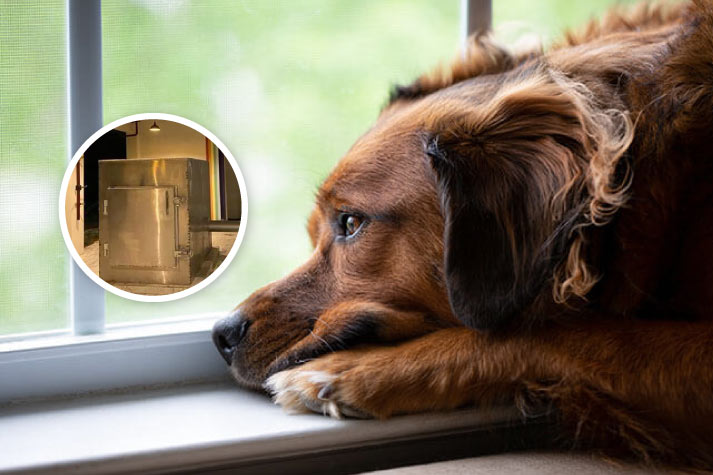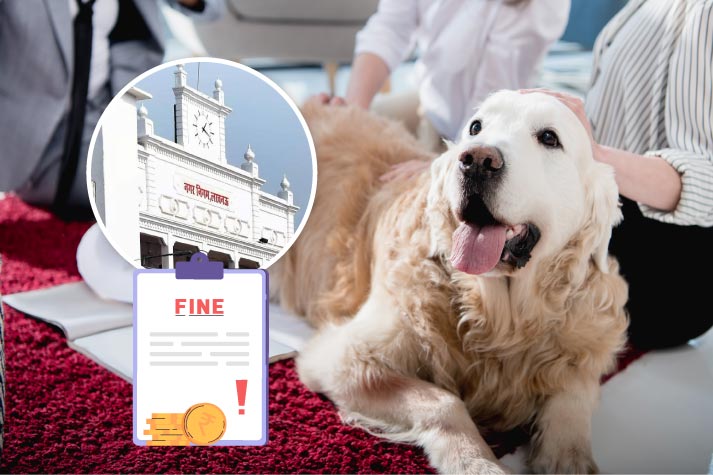
18 Jul
Seasonal Pet Care: Protecting Your Pets in Extreme Weather
As pet owners, the well-being of our furry friends is always a top priority. Seasonal changes can significantly affect your pets, whether it's battling the summer heat or braving the winter cold. In this blog, we’ll delve into comprehensive care tips to ensure your pets stay safe, comfortable, and healthy through the extremes of summer and winter. Join the discussion and share your own seasonal care tips in the comments!
Summer Care: Keeping Cool and Safe
Beat the Heat
- Hydration: Always
ensure
your pet has access to fresh water. On outings, carry a portable
water bottle or a collapsible
bowl.
- Shade and Shelter: Whether at home or outdoors, provide a cool, shaded area where your pet can escape the sun.
Know the Signs of Overheating
- Symptoms: Watch
for excessive panting,
drooling, lethargy, or coordination problems, which can be signs of
heatstroke.
- Immediate Actions: If overheating occurs, move your pet to a cooler environment and apply cool (not cold) water to help lower their body temperature gradually. Consult a veterinarian immediately if symptoms persist.
Sun Protection
- Pet
Sunscreen: Use pet-safe sunscreen on
exposed parts of your pet’s skin, such as the nose and ear
tips, especially for short-haired or
light-colored pets.
- Protective
Clothing: Lightweight,
light-colored pet clothing can protect against UV rays without
causing overheating.
Adjust Exercise Routines
- Timing:
Avoid exercising your pet during
peak heat hours. Early morning or late evening walks are
best.
- Intensity: Keep activities light during hot days, and always watch for signs of fatigue or discomfort.
Paw Protection
- Hot
Surfaces: Be mindful of hot pavements
or sand which can burn your pet's paws. Test surfaces with your hand
before letting your pet walk on
them.
- Protective
Booties: Consider using paw
protectors if frequent walks on hot surfaces are
unavoidable.
Winter Care: Warmth and Wellness
Maintain Warmth
- Proper
Shelter: Ensure your pet has a
warm, draft-free place inside. Outdoor pets need insulated shelters
that are dry and shielded from the
wind.
- Clothing: Pets with short coats or low body fat might benefit from sweaters or coats during walks.
Skin and Paw Care
- Moisturize:
Winter air can dry out your
pet’s skin. Use pet-safe moisturizers on their paws and avoid
over-bathing.
- Paw Cleaning: Wipe your pet’s feet and underbelly after walks to remove ice, salt, and chemicals.
Adjust Food Intake and Hydration
- Caloric
Needs: Some pets require more
calories in the winter to maintain their energy level and body heat,
while others might be less active and
need fewer calories.
- Water: Ensure your pet has access to unfrozen water, replacing it frequently to prevent ice formation.
Beware of Winter Hazards
- Antifreeze: Keep
antifreeze products out
of reach, as they can be lethal to pets if ingested.
- Snow and Ice: Monitor your pets while outside to prevent them from getting lost in significant snowfall areas.
Indoor Entertainment
- Mental
Stimulation: Keep your pet mentally
stimulated with indoor games, new toys, or simple training sessions
to compensate for reduced outdoor
time.
By following these simple every-day tips, you can make sure your pet has a stress-free time in any sort of weather conditions.






AUTHOR’S BIO
Carry My Pet
Passionate pet enthusiasts and globetrotters, dedicated to easing furry friends' journeys worldwide. Penning tales of compassion at CarryMyPet, where every relocation is a tail-wagging adventure.